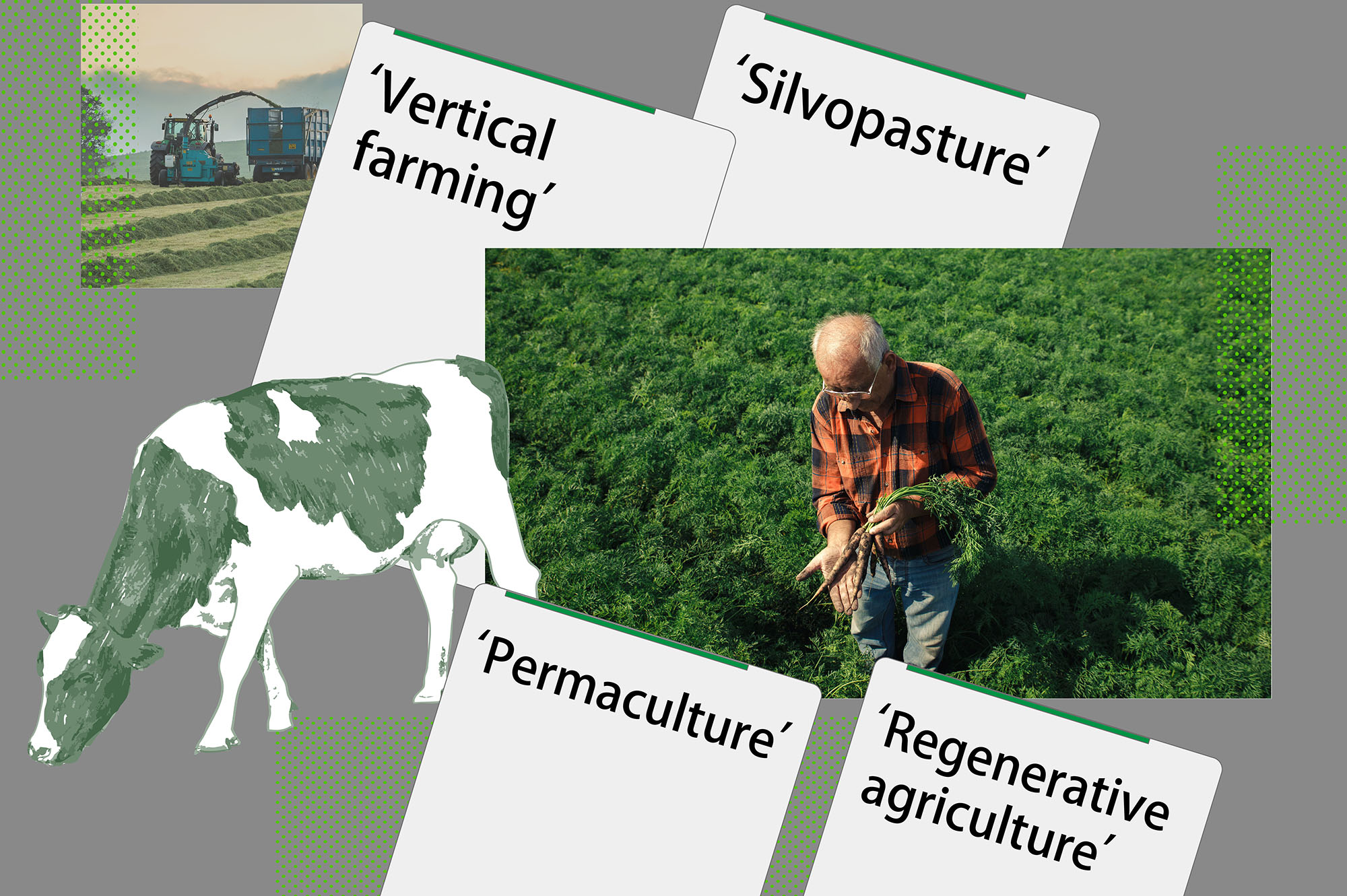- 22 Posts
- 32 Comments

 1·3 天前
1·3 天前Ticks move into lawns as well, and while I haven’t found studies comparing the density of ticks in shorter grass vs. flower beds, I would assume it’s a wash; even if there are less ticks in turfgrass, you’re walking/lying on that grass, allowing more opportunities for them to latch onto you. Whereas you’re not walking through flower beds, so even if there’s a greater tick population, you’re not coming into contact with them as much.

 2·4 天前
2·4 天前Read the article; it’s not abandonment, it’s intentional cultivation. The former is more beneficial to wildlife than maintaining a pristine yard, but in most cases it’ll just end up with your yard being taken over by invasives. The latter is managing your yard in a way that encourages native, pollinator-friendly (and beautiful!) plants.

 3·4 天前
3·4 天前My yard used to be hard-packed clay where only the most tenacious weeds could survive (field bindweed, burdock, thistle, dandelion), so my first step was putting down multiple layers of heavy cardboard to smother them, then covering that with about a foot of wood chip. That killed the latter three and helped to start softening up the soil (worms move in when organic matter is present), but bindweed just pushed through the cardboard and wood chip, so I had to hit that with (selective, judicious) applications of herbicide. It was a hobby for the first year, but now my yard is weed-free and the soil is turning more rich and loamy!
I’ve mostly used starts/seedlings to fill in my beds, but now that the weed pressure is lower I’ve started putting soil & compost over the mulch to encourage my plants to self-seed. I’m also filling in all the “blank spaces” with ground cover, to provide an additional barrier against weeds. A mature garden will require a little weeding now and then, but for me that’s something I enjoy (it’s a break from work, and time in the sun), and it’s definitely not as intensive as vegetable gardening.

 3·24 天前
3·24 天前Water is essential to human survival, so I would consider that a primary problem. Trace pharmaceuticals in drinking water aren’t great, but I would consider that a secondary (or even tertiary) problem, and a solvable one at that.
To start, the vast majority of water use is agricultural (nearly 90% in Colorado, for example), and soil & plants provide 2 more layers of biofilters for any contaminants that might remain. This paper delves into that, although from the cursory glance I gave it’s not clear whether the concentrations are anywhere near an effective dose. My guess is no:
Diazinon, enrofloxacin, florfenicol and trimethoprim accumulated also in leaves of lettuce, while florfenicol, levamisol and trimethoprim in carrot roots (Boxall et al. 2006); according to the author, the results of research carried out so far show a low risk of exposure to these substances through the consumption of vegetables.
If recycled water was used purely for agriculture (drawing on watersheds & aquifers for drinking water), I imagine that would solve the scarcity issue while further diluting pharmaceutical contamination. When it comes to recycling drinking water, Harvard Health Publishing says that not much research has been done in this area, and I do think that’s important to look into if (when?) water recycling becomes more of a necessity.

 1·25 天前
1·25 天前deleted by creator

Agreed. I’m getting tired of these pencil-pusher reports implying that “the economy” is going to keep chugging along at a reduced rate, as if we can just shuffle around our stock portfolios and weather the storm.
The “Planetary Solvency” report by IFoA is one of the first mainstream papers that’s taking a sober look at the climate crisis. If we hit 2°C by 2050, they’re seeing a significant likelihood of:
- 2 billion deaths
- High number of climate tipping points triggered, partial tipping cascade.
- Breakdown of some critical ecosystem services and Earth systems.
- Major extinction events in multiple geographies.
- Ocean circulation severely impacted.
- Severe socio-political fragmentation in many regions, low lying regions lost.
- Heat and water stress drive involuntary mass migration of billions.
- Catastrophic mortality events from disease, malnutrition, thirst and conflict.
I don’t even want to think about 3°C and 4°C scenarios.

Jesuits are real ones. The Nazis considered them to be one of their “most dangerous enemies” due to their principled opposition. Glad to see they’re keeping the flame alive.

Banks trying to take profits buying air conditioner stocks while society and the biosphere is crumbling around them is a perfect encapsulation of this crisis. I’m doing my best to laugh at the absurdity of it all, because the alternative is paralyzing depression.
If you’re interested in the more fundamental dynamics at play here, I’d highly recommend giving these a watch:

It is the stock brokerage division of banks giving their boiler room reps a “hot tip” lead.
“When it gets hot, people will use more air conditioning.” Thanks Morgan Stanley, that’s some real insider knowledge.

Thank you for sharing! I’m a big proponent of the planetary boundaries framework, it’s a great way to visualize overshoot. While climate change is a big (perhaps the biggest) issue facing global civilization right now, it’s extremely important that we don’t get tunnel vision and try to solve for one variable without looking at our biosphere holistically. (That’s how we get carbon capture and geoengineering.)
A few more links/resources for those interested:
- This is the Stockholm Resilience Centre’s home page for planetary boundaries, showing the change in overshoot from 2009 (when the framework was established) to 2023.
- Earth beyond six of nine planetary boundaries is the corresponding paper for their 2023 update, which goes more in depth into each boundary and what constitutes a transgression.

The IPCC, FAO (UN), and the World Resources Institute put emissions from (all) agriculture at around 20%-25% of total emissions.
This article cites a single paper in opposition, which claims that emissions from animal agriculture are more than double that number. I don’t have the time or expertise to comb through that paper with a critical eye, but the reports of the above organizations cite dozens of studies so it seems the weight of evidence is tilting towards the 20% figure.
This isn’t to say that animal agriculture isn’t an issue - it’s a huge issue, and not just for the climate. But I think it’s important to acknowledge that these emissions numbers aren’t widely accepted.

Some key findings from this report:
- A review of 50 research articles finds there is strong evidence climate activism influences public opinion and media coverage, but it depends on the tactics used and the way the media covers the events.
- There is moderate evidence that climate activism influences voting behavior and policymaker attention.
- More research is needed on the influence of climate activism on policy change and environmental outcomes.
The YPCC summarized the findings below:
The review finds strong evidence that climate activism influences public opinion and media coverage, although the specific relationship depends on the kind of actions taken and the way the media covers the events. The evidence shows that protest usually increases support for the movement when protests are peaceful, but not when they are violent. But there was also evidence that the influence of activism on public perceptions could be positive or negative, depending on the tone of the media coverage of the protests.
The review found moderate evidence that climate activism can influence voting behavior and policymaker attention. One study in Germany found that areas that experienced Fridays for Future protests had a higher share of the vote go to the Green Party, and that repeated protests increased the effect. Multiple studies in the UK found that protests successfully increase communications by policymakers about climate change or pro-climate actions.
There was less evidence that climate activism leads directly to policy change or improvements in environmental quality. This is not necessarily because climate activism does not affect these outcomes or others we reviewed—it is likely because studies that capture these outcomes are difficult to conduct.

The vast majority of pollution is created by the vast majority of people. The impact of the ultra-wealthy is large individually, but small collectively.

 1·1 个月前
1·1 个月前The IEA states that:
In 2024, 80% of the growth in global electricity generation was provided by renewable sources and nuclear power. Together, they contributed 40% of total generation for the first time, with renewables alone supplying 32%.
So 32% of new electricity generation in 2024 was provided by renewables. In 2023 renewables accounted for about 23% of electricity generation, and 13% of total energy consumption.
I commented this in a related post, but according to the IEA, in 2024 renewables accounted for 38% of new energy generation, and 32% of new electricity generation. That’s a big discrepancy from the 90% cited in this report, which refers to "renewable power capacity,"defined as:
the maximum net generating capacity of power plants and other installations that use renewable energy sources to produce electricity.
Not quite sure why that difference in definition leads to such different figures.

 4·1 个月前
4·1 个月前From an engineering standpoint it may have something to do with battery size, but from a marketing standpoint it seems like (in America) carmakers decided bigger = better a couple decades ago and have been running with it (and charging more money for it) ever since. I miss the car-sized cars of the 80s.

 8·1 个月前
8·1 个月前According to the IEA, in 2024 renewables accounted for 38% of new energy generation, and 32% of new electricity generation. That’s a very big discrepancy from the 92.5% cited in this report, which refers to "renewable power capacity,"defined as:
the maximum net generating capacity of power plants and other installations that use renewable energy sources to produce electricity.
So it seems like that number might be referring to potential, not actual (?) use. But maybe someone more familiar with these terms can weigh in here.

 3·1 个月前
3·1 个月前Colorado had a crazy rebate deal that allowed people to lease a Leaf for $20/month (after $2,400 upfront).

























Agreed completely. I set up a humanure system a couple years ago and it’s simple as can be. I get wood shavings for free from a local furniture shop, mix it with biochar, and use that as cover material. My bin hasn’t gotten hot enough to kill pathogens, so once it’s full I’ll just use it on my bushes & flowering perennials.
I’m currently renting, so unfortunately I’m not able to set up a greywater pond/rain garden for sink and shower water, but that’s the end goal when/if I get a place of my own.